Exploring identity through the lens
Students of this year's MA documentary photography and photojournalism course at the London College of Communication present their final projects to the public this week as their work is exhibited in London.
The show - called This Way Up - was shot in 10 countries and explores a wide range of subjects, from deeply personal moments, to those of a more global nature.
Course leader Aletheia Casey, recent winner of a World Press Award, said: “Over the past two years, students... have developed in-depth and meaningful bodies of work which not only push the boundaries of the photographic language, but also engage with vital concerns of our time."
Here is a small selection of the work, with captions in the photographers' own words.
Anna Kroeger
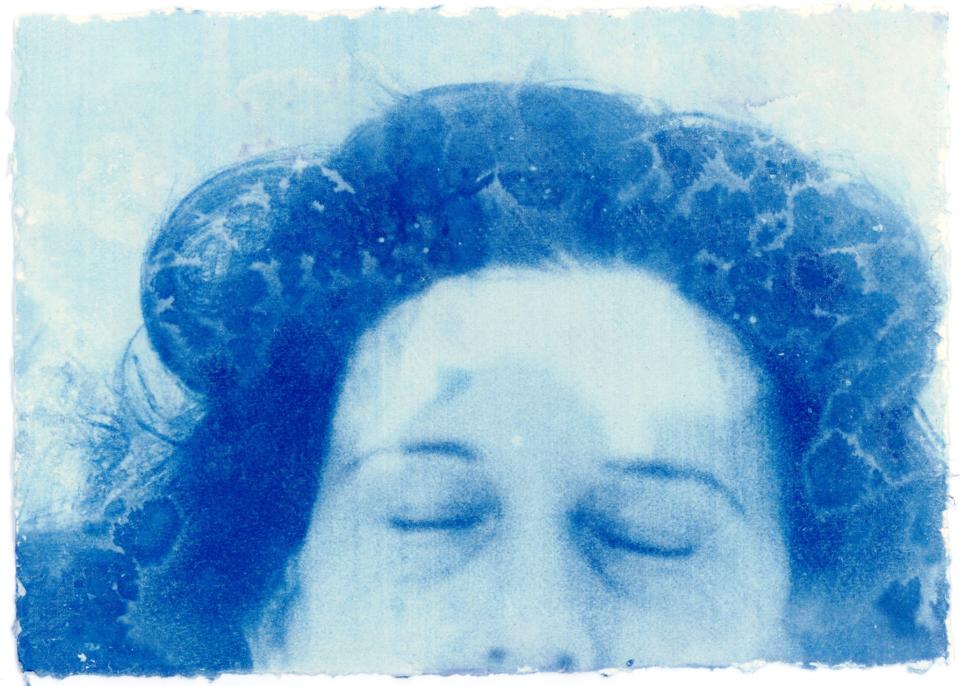
As I Walk This Tidal Path is based on psychogeographic wanderings in the Thames estuary.
Blending the mundane and the surreal, the work is an invitation to immerse oneself in the landscape: to dream, to remember and to imagine.
Beatrice Updegraff
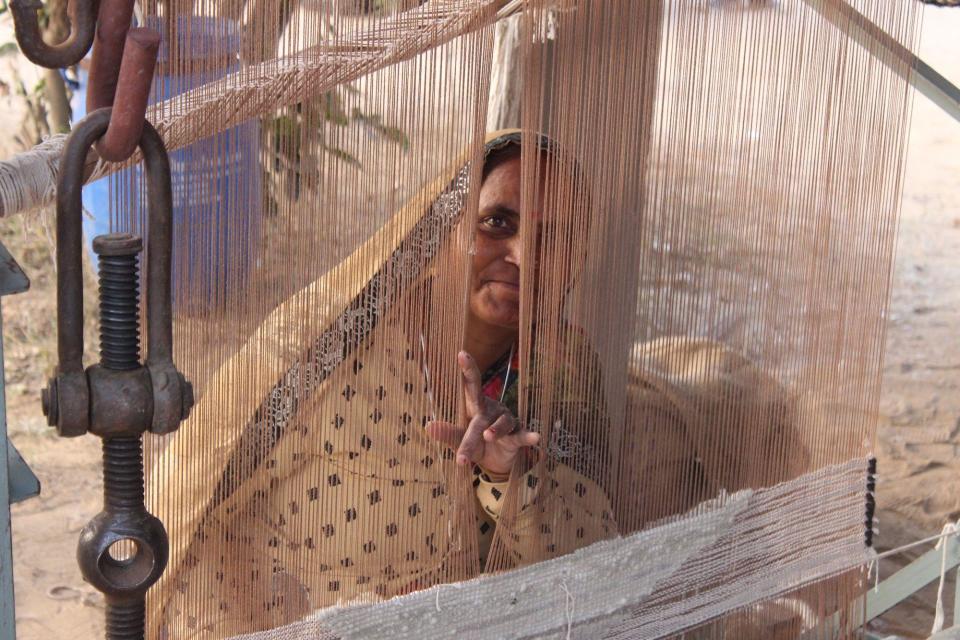
A Thief Has Come is a Rajasthani proverb uttered when a girl is born.
This project reflects upon my collaboration with Jaipur Rugs, a foundation established to train Dalit women (the lowest caste) to weave. Through photojournalism workshops, I sought to empower women to reclaim their identity.
However, this work has raised questions: Who benefited from this? Who owns these images? A Thief Has Come...Is it me?
Fabio Ruffet
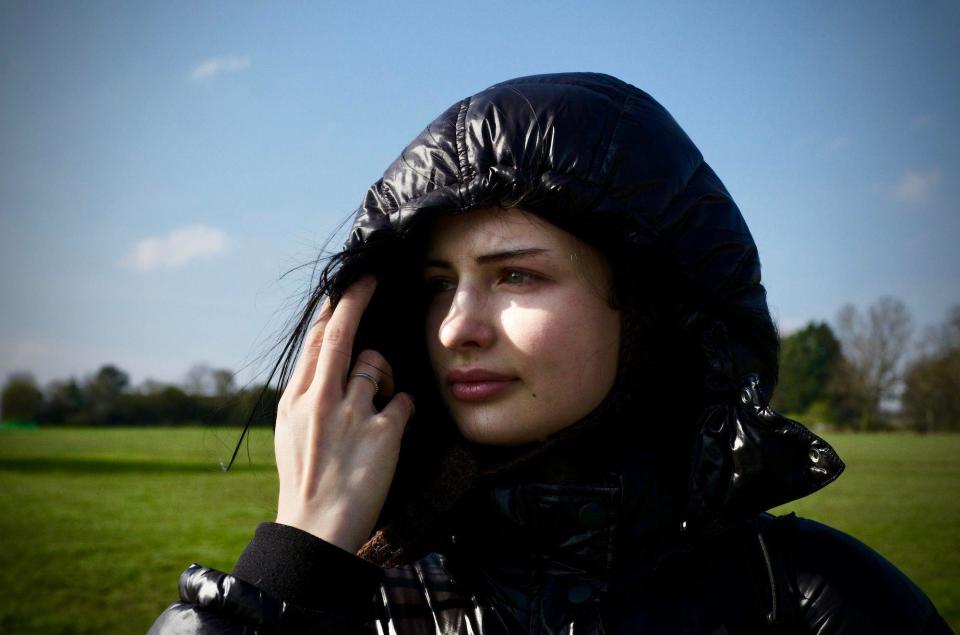
My project Common Ground delves into how London parks serve as microcosms of infinite perspectives, a stage from which to observe the myriad of facets in urban life.
London's reputation as a green city is built on its extensive and ostensibly egalitarian network of parks.
Yet soaring housing prices and unequal access exacerbate social inequalities, adversely affecting the physical and mental health of ethnically diverse and low-income communities.
George Rigos
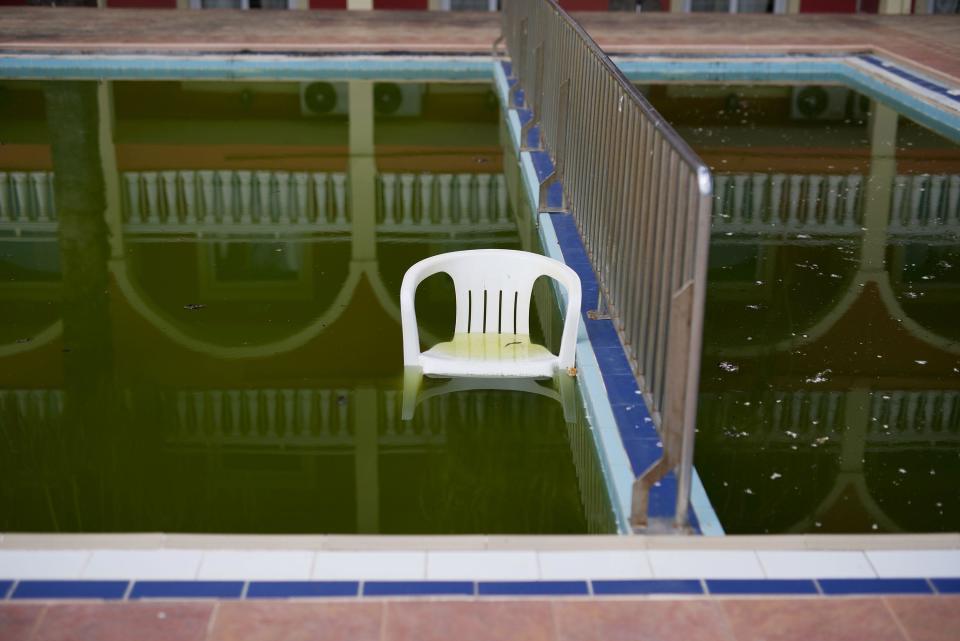
In limbo(s) tells a dystopian visual story of the effect of over-tourism, on an imaginary island in the Greek archipelago, constructed with genuine images of well-known touristic destinations around Greece during the off-season.
Georgina Cook
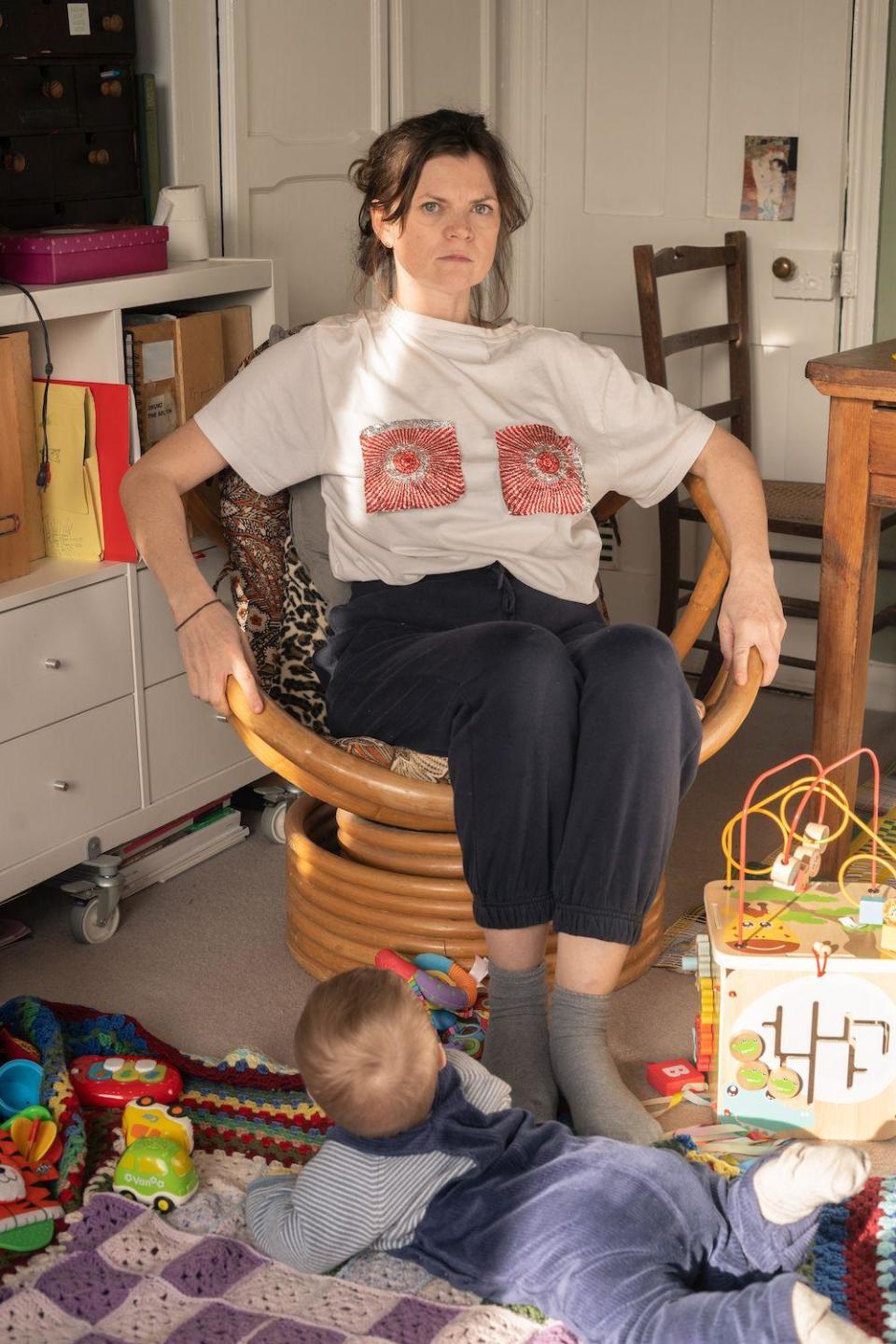
Central to the project is my Google Doc diary, chronicling life since my baby's birth in 2023, alongside inspirations and ideas.
Through film, performance, installation, textiles, and photography, I invite viewers into our daily life, showcasing the messy, tender, and often invisible complexities of motherhood.
The work challenges the myth that motherhood and artistic pursuit are mutually exclusive, finding solace in creation amidst the chaos and joy of parenting, often working quickly while the baby naps.
Jack Owen
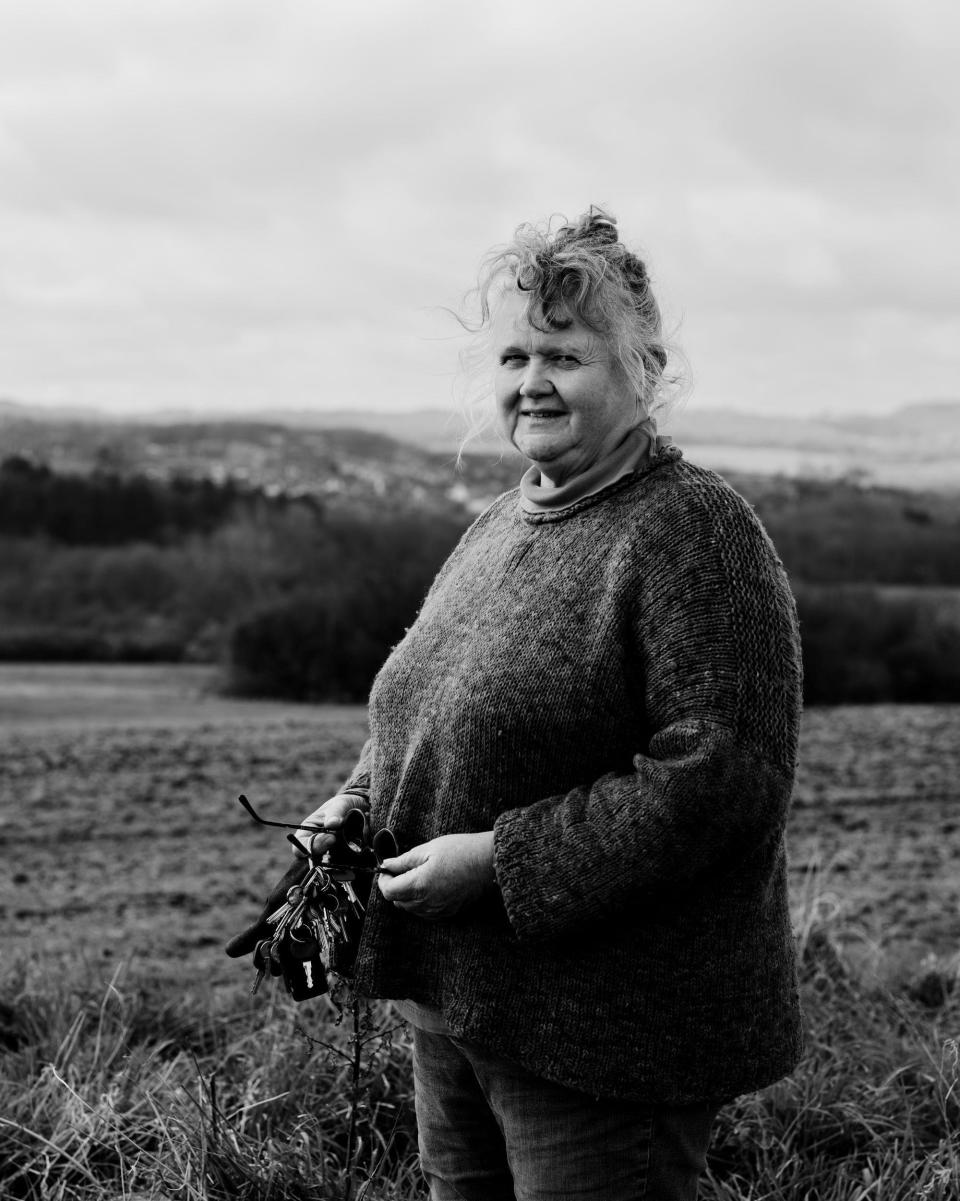
This project is about people and places within the Dearne Valley in South Yorkshire.
Using verbatim interview text alongside documentary photography, the work explores how the seemingly separate worlds of the plough and the pick are in fact intertwined within families and across this altered landscape, and offers working people’s reflections on past, present and future as pause for thought for all of us in a rapidly changing world.
Lauren Morrison
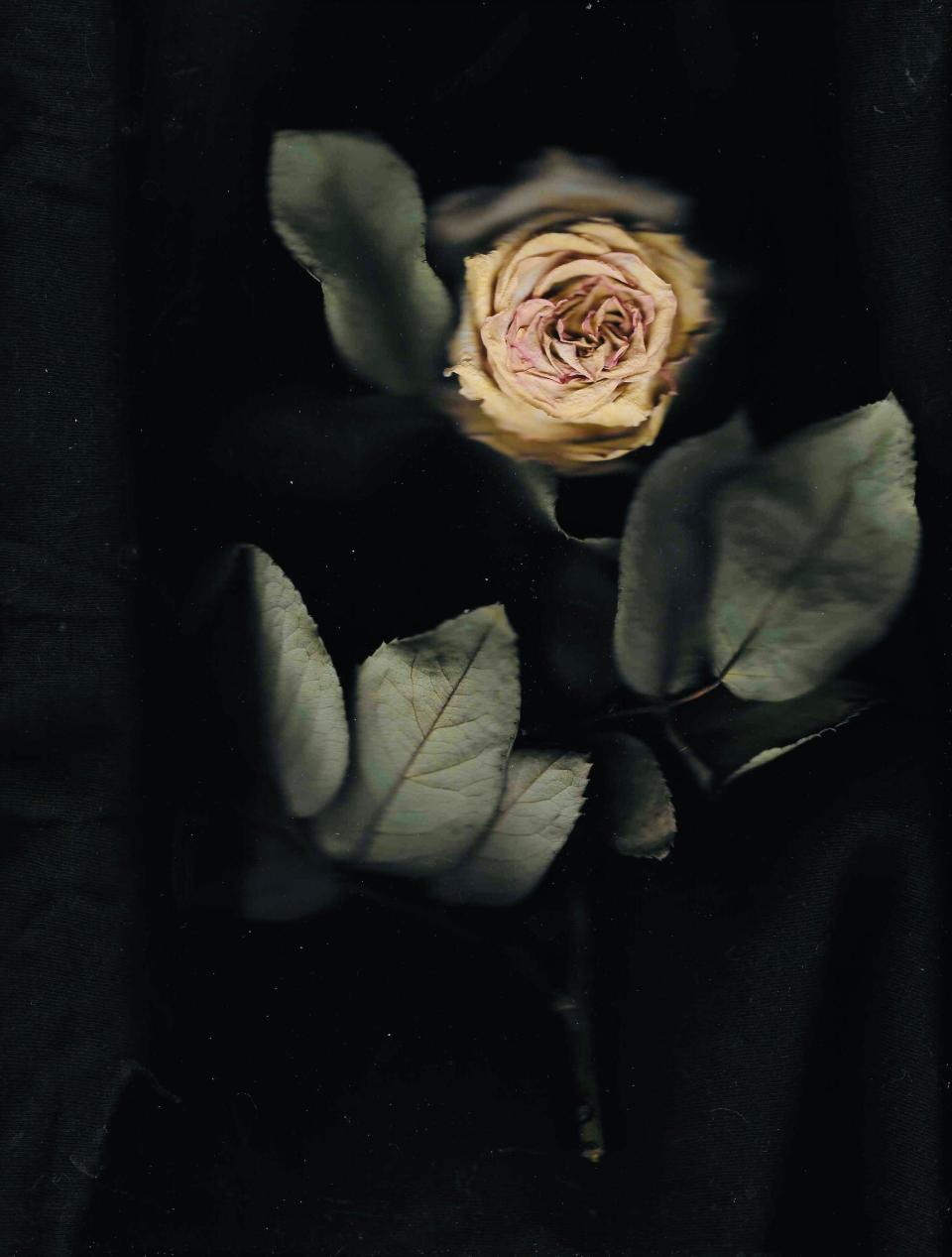
Blending art and activism, my project 246 Flowers highlights the human toll of mass shootings in Texas and the influence of the National Rifle Association (NRA) on elected officials.
Created as a poignant memorial to 246 lives slain over the past decade, scanned flowers represent victims, as they lie in rusted tins lined with body bags.
246 Flowers compels societal reflection on political values, advocating for accountability and meaningful gun control reform.
Marcin Kornacki
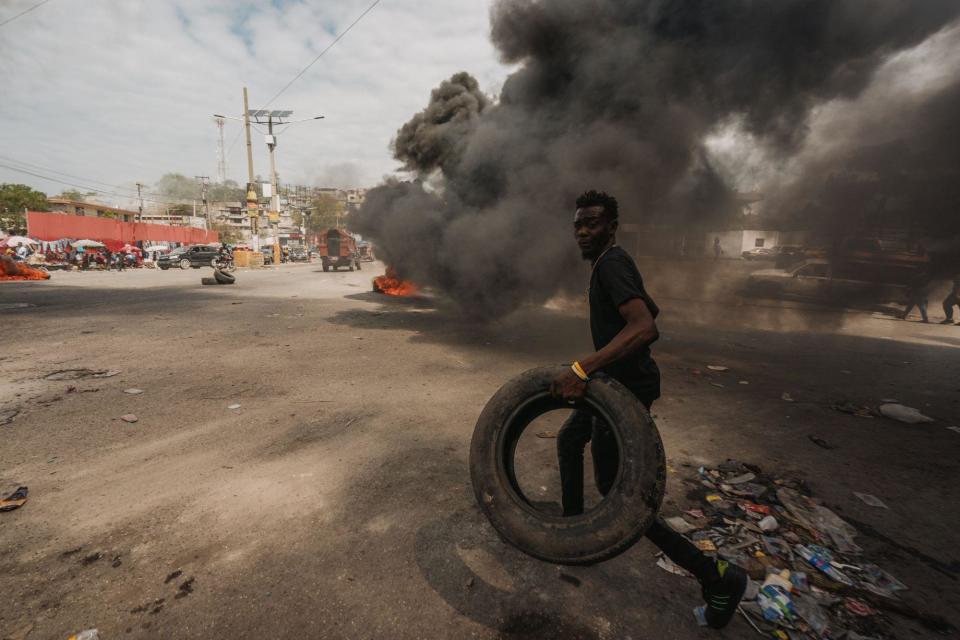
Haiti remains one of the poorest countries in the Western Hemisphere, plagued by economic hardship, political corruption, gang violence, and natural disasters.
Photographed over an 18-month period, in the lead-up to the ousting of the country’s prime minister in 2024, this project aims to create a snapshot of Port-au- Prince at a critical moment in the country’s development.
Focusing on the lives of people displaced due to gang warfare, in a city controlled by armed groups, it also documents the gangs themselves, their political aims, and the effect they have had on the city amidst the ongoing socio-political turmoil.
Nikita Elash
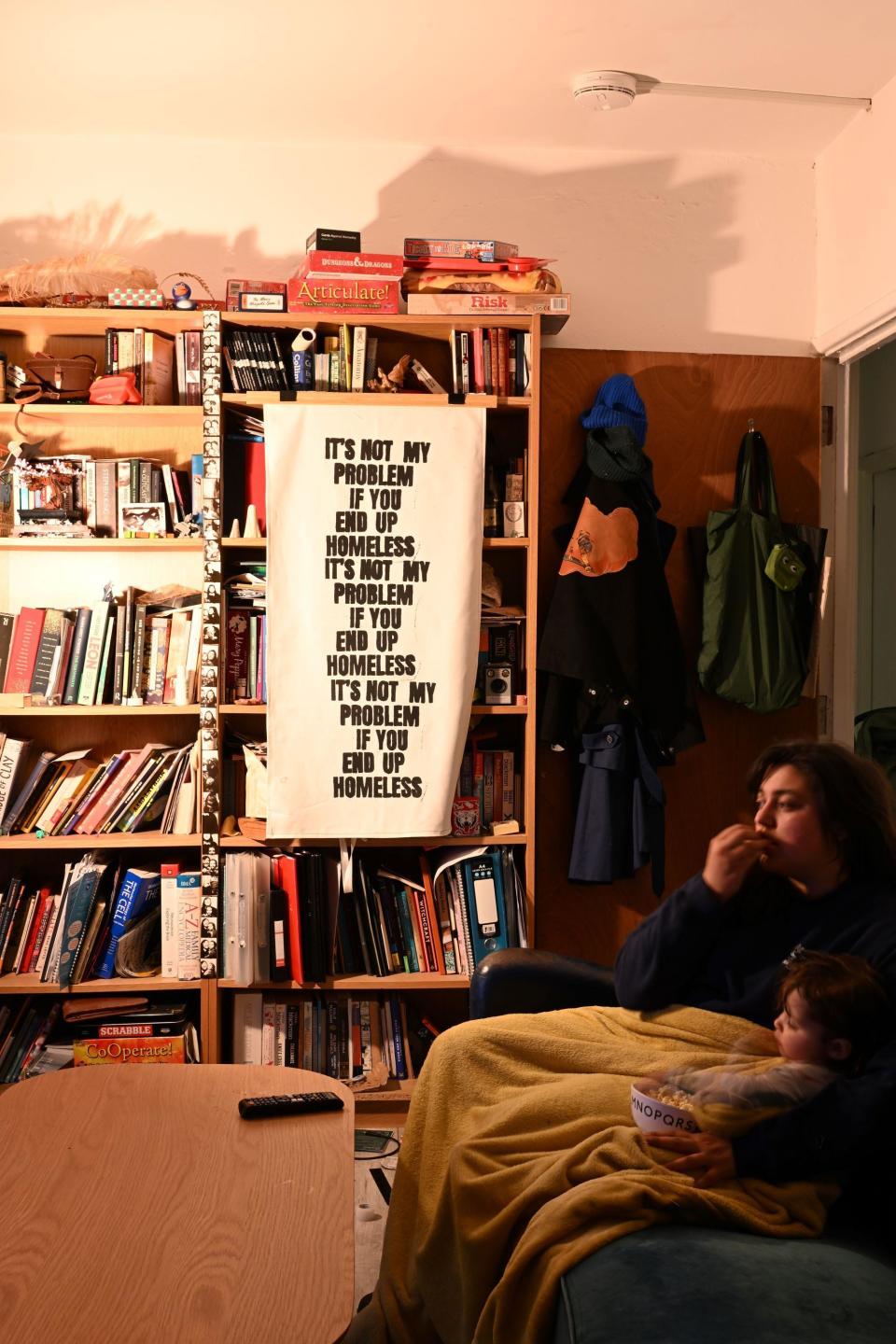
All The Places We Couldn’t Call Home explores the journey between a mother and child in their ongoing quest to build a home during London’s current housing crisis.
The work investigates how to cope within a system that is made to wear you down.
It culminates in a mother’s hope that she can create a better future for her child.
How can a home be made within the confines of insecure housing?
Reem Baeshen
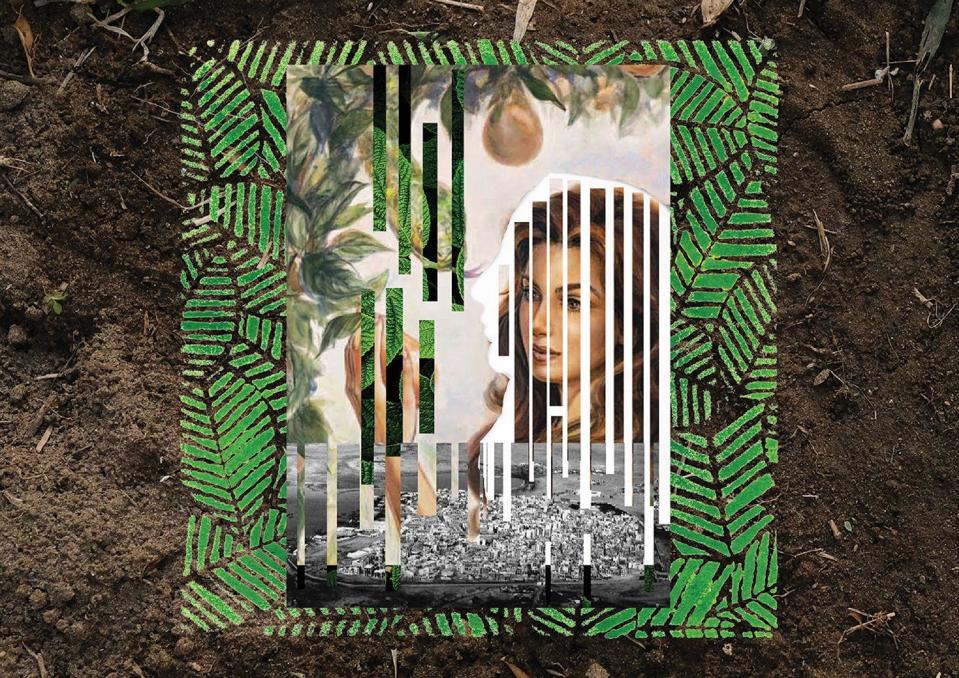
Religion and belief are powerful, but can sometimes divide people. Through art, however, we can connect in a universal language.
Through handwritten letters and self-reflective collages, this project explores who I am as a woman, a mother and a Muslim.
Richard Wood
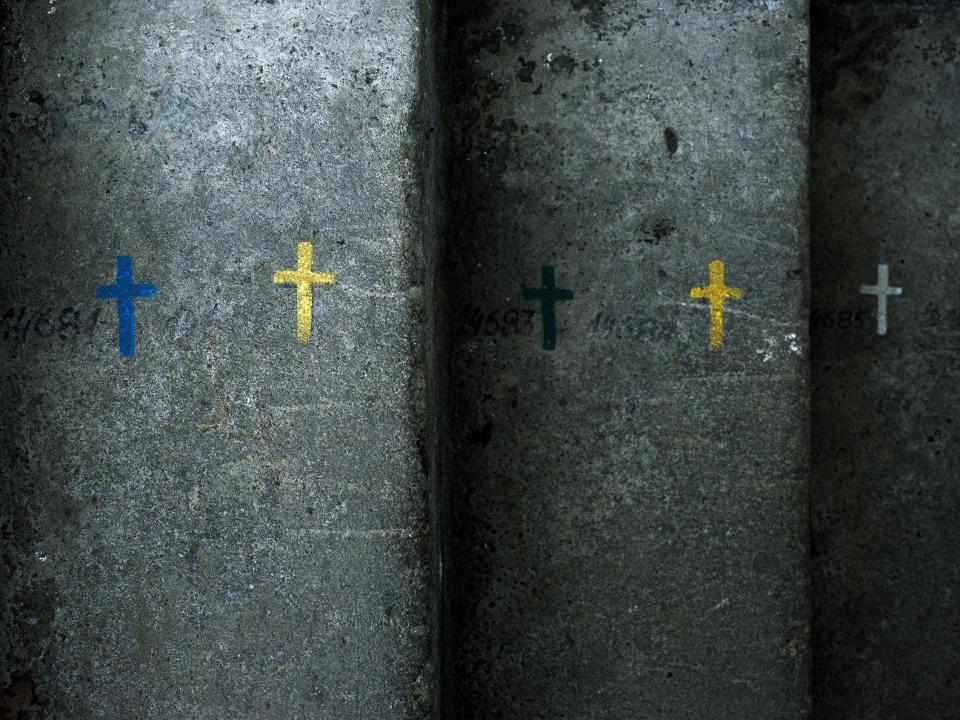
Aktion T4 was the Nazi campaign of mass murder of German citizens with disabilities - people deemed as having, "life unworthy of life".
Operating from six sites across Germany and Austria, T4 was the first instance of mass murder by gas chamber and served as a prologue to the larger genocide.
Perpetrators used the methods learned during the T4 killings in the Holocaust extermination camps. The official number of victims is 70,000, however, it is widely accepted that this number sits closer to 300,000.
Through visiting and documenting each site, I have attempted to bring this forgotten genesis chapter of the Holocaust to light.
Sam Peters
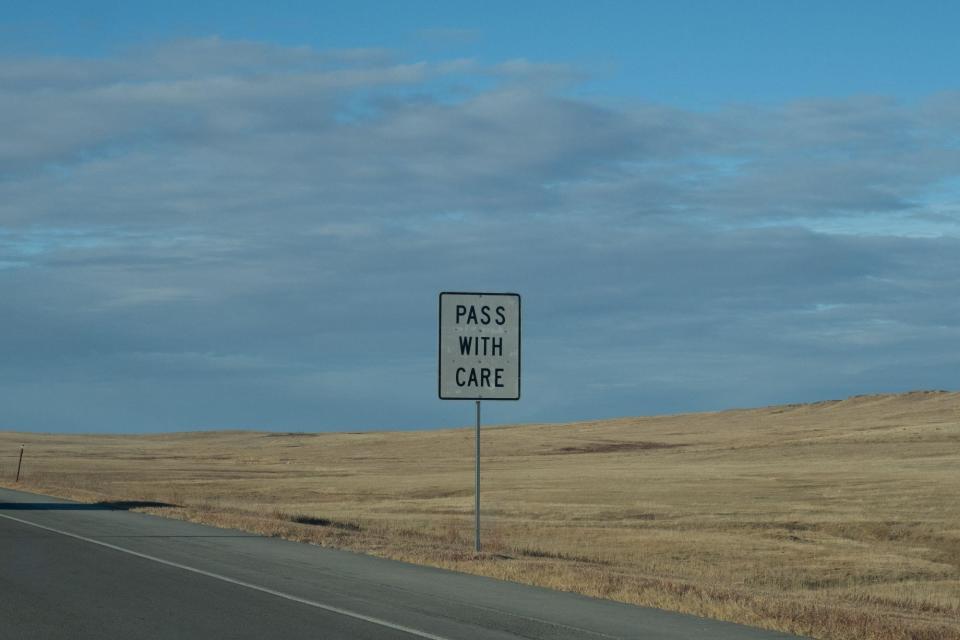
In October 2023, I went to Rwanda to try to launch my career as a photojournalist.
I came home a month later having sold no photos, spent all of my savings, and completely fallen out of love with photography.
I spent the next three months working on a series of half-considered, never-finished projects, desperately trying to find my love of the medium that I had felt so attached to for so long.
Made in the course of 24 hours, Acceptance, or I Cannot Come Again, explores the loss of one art, and the acceptance of another.
Sloane Warren
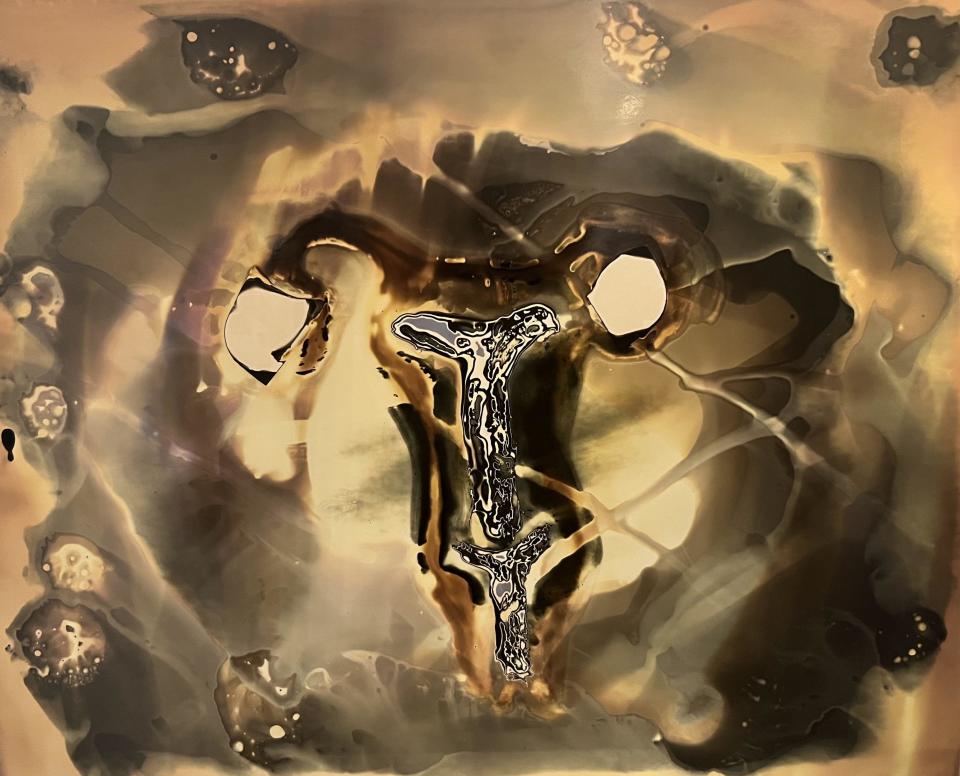
Chemical Unbalance uses the chemistry of the darkroom and the menopausal body as a way of exploring the changes occurring, without and within.
An expression of the conflicting emotions and experience, I have made chemigrams by painting, dropping, spitting, spraying, and laying anti-ageing serums, healing balms, and bodily fluids on expired photographic paper.
Alternating between fixer and developer, the resulting images, each as unique as every ovary bearing person’s experience, allude to the anthropological, biological, psychosocial, biblical, and celestial.
Tom Videlo
CQ, CQ, CQ documents the world of amateur radio enthusiasts in Guernsey, and provides a conceptual portrayal of the contact with the world beyond Guernsey's shores that occurs when they are on the air.
The project also explores the visual language of QSL cards - distinctive postcards that are sent to confirm a contact between two amateurs.
All of the photographs have been processed by being transmitted via radio, producing a unique visualisation of the invisible waves that surround us.
Yana Kasa
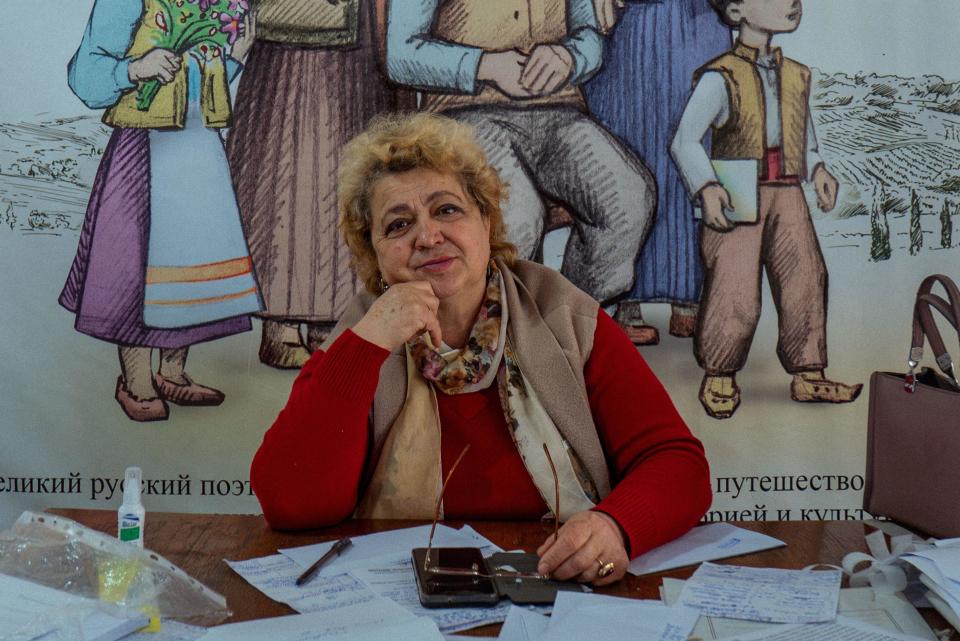
This project delves into the autonomous region of Gagauzia, capturing its vibrant culture through traditional weaving and its symbolic language.
Comprising a book of images, folklore, and symbols, along with a handwoven tapestry merged with a pixelated image, it explores cultural representation and the precarious future of Gagauzia's autonomy.
The exhibition is part of Free Range 2024, a collection of graduate photography and fine art exhibitions taking place in the Truman Brewery in Brick Lane, London until 23 June 2024.

 Yahoo Lifestyle
Yahoo Lifestyle 
